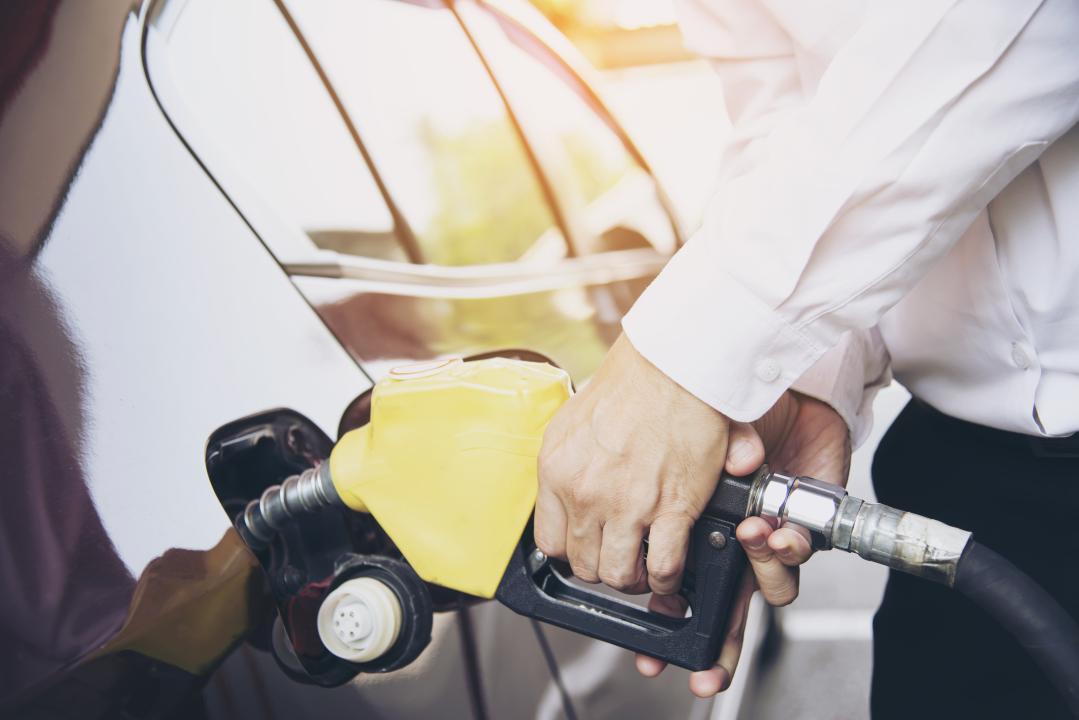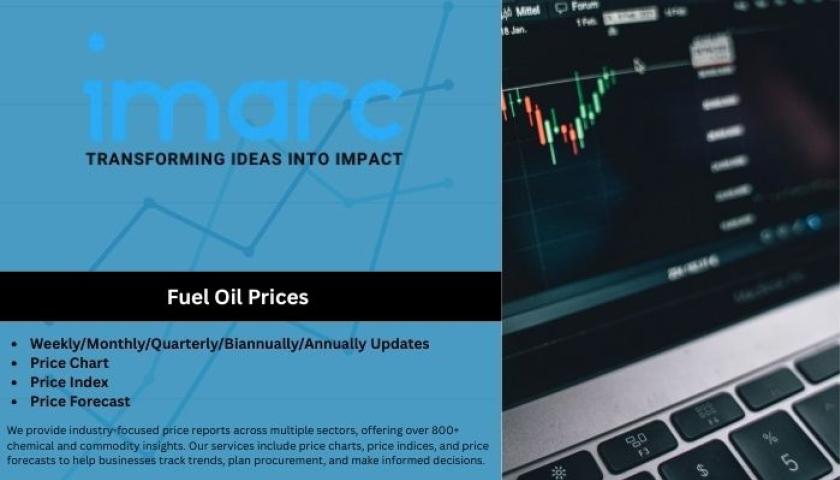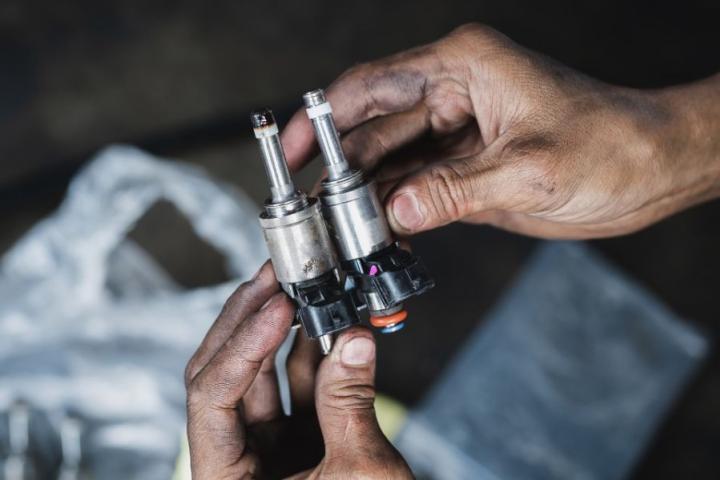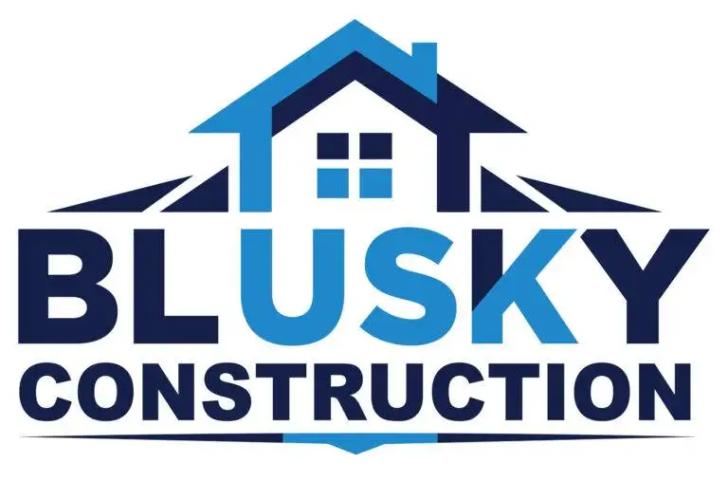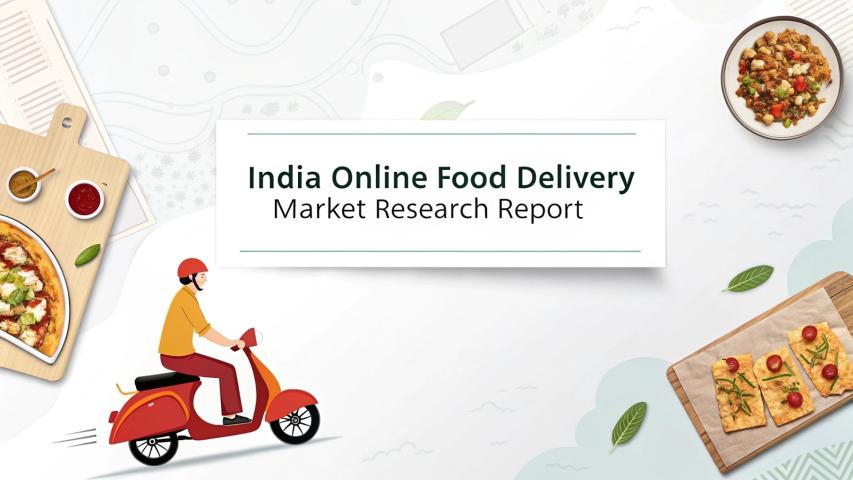In an era where convenience and efficiency are not just preferences but expectations, businesses across industries are transforming the way they operate. The logistics and fleet sectors are no exception. Today, fleets rely heavily on fuel to stay on the road, yet traditional refueling methods are plagued by inefficiencies, wasted time, and costly manual processes. Enter fuel delivery technology—the solution that’s redefining fleet management. Whether you run a delivery fleet, manage heavy equipment, or oversee a construction site, adopting a fuel delivery app development company solution can dramatically improve operational performance, cut expenses, and elevate customer satisfaction.
But what powers this revolution? Robust software platforms built to meet modern needs. From On Demand Fuel Delivery App Development to Gas Delivey App Development, these tech tools are turning gas stations into service centers and fleets into smart dispatch systems. In this article, we’ll explore exactly how these systems are built, why they work, and what it takes to implement them effectively in real-world operations.
1. The Fleet Fueling Challenge: Why Today’s Systems Fall Short
Before diving into the benefits of fuel delivery apps, it's important to understand the status quo and its shortcomings. Traditional fueling methods come with several burdens:
Unpredictable downtime from travel to fuel stations
Increased admin costs due to paperwork and vouchers
Fuel theft and pilferage, especially in decentralized fleets
Poor visibility into fuel usage and no real-time insight
Constraints on driver schedules, causing delays and stress
These issues compound into wasted time, lost revenue, and operational inefficiencies. For busy fleets, every minute counts; compromised fueling protocols can result in lost deliveries or skipped service commitments.
2. Solution Snapshot: What Fuel Delivery Apps Offer
Imagine a world where fuel is brought directly to your vehicles—where you monitor, request, and pay for fuel from your own mobile device. That is the promise behind modern Gas Delivey App Development platforms. These apps typically offer
Mobile-based fuel ordering
Real-time GPS tracking of fuel trucks
Automated duration/pricing per gallon
In-app payments and digital invoicing
Scheduled route planning and dispatch
Alerts for low fuel thresholds
Driver and fleet usage dashboards
In short, fuel delivery apps shift refueling from a chaotic chore to a streamlined, automated process—delivering fuel exactly where and when it's needed.
3. How Real-Time Tracking Empowers Fleet Managers
One of the most powerful features of these apps is real-time fuel truck tracking. Employees and managers alike can open the app to see when a fuel truck will arrive at a client site or depot, reducing uncertainty and waiting times. But it’s not just about convenience:
Improved route efficiency – via optimized travel paths
Better customer communication – with ETA updates
Enhanced transparency – through location sharing
Quick adjustments – rerouting in response to traffic or cancellations
This capability, powered by on demand app development principles, brings much-needed agility to fleet fueling logistics.
4. Automated Scheduling: Fuel Delivery, On Time, Every Time
Nobody wants to experience setbacks mid-shift because of a missed fuel run. Fuel apps often allow for automated fueling schedules—where drivers set low-fuel alarms or managers upload refueling calendars. The app then sends push alerts or automatically places orders when thresholds are hit, drastically reducing idle time and surprise interruptions.
This level of automation also simplifies shift planning and logistics, turning fuel management from a reactive task into a predictable process.
5. Route Optimization: Smarter Miles, Lower Costs
Smart fleets understand that mileage adds up quickly—not just in fuel use, but in maintenance and time. A Fuel Delivery App Development Company can integrate advanced route optimization tools within the app. What does that mean?
The system considers traffic, geography, and multiple delivery stops to avoid unnecessary backtracking
In-app planning picks the best path for fuel trucks to multiple destinations
GPS adjustments can circumvent construction zones or heavy-traffic areas
All of this translates to reduced fuel costs, faster services, and boosted profit margins.
6. Predictive Maintenance Alerts: The Hidden Benefit
Continuous tracking isn't just about location. Modern fuel delivery apps can also integrate with vehicle telematics to detect anomalies in fuel consumption. A spike in usage may indicate
A missing gas cap or leak
Faulty fuel injectors or filters
Engine inefficiencies
With Fuel Delivery App Development Company systems that support predictive alerts, managers can schedule maintenance earlier—saving maintenance costs and reducing breakdowns.
7. Driver Behavior Monitoring: Optimize Performance and Compliance
Not all drivers are the same, and their fueling habits can significantly impact costs. With fuel delivery apps, managers gain insights on:
Long idle times versus efficient fueling
Avoidance of unauthorized fuel stops
Adherence to delivery windows
Tracking helps improve accountability while offering opportunities for driver training and bonus programs. When integrated with fleet management, this yields better compliance and stronger control over resource utilization.
8. In-App Payments & Digital Invoicing: Goodbye to Paper Trails
For decades, fueling has meant manual logs, paper vouchers, or cash payments—slow and prone to errors. On Demand Fuel Delivery App Development platforms make this process seamless
Drivers pay directly via the app at delivery
Digital invoicing ensures immediate record creation
Managers can monitor expenditures instantly
Accounting team receives accurate data without the hassle
This clarity streamlines financial tracking, cutting down errors, disputes, and admin work.
9. Safety & Protocol Management: Non-Negotiables in Fuel Handling
Working with flammable materials demands stringent compliance. Therefore, Gas Delivey App Development platforms include safety checkpoints like
Mandatory driver checklists before fueling
Digital logging of safety inspections
Notes and photo features for hazards
Recording these steps not only ensures compliance with regulations but also reduces workplace risk. Automatic reminders can keep safety top of mind, preventing costly oversights.
10. Analytics Dashboards: Visibility into Fuel Use and ROI
Big data isn’t just for ecommerce—it’s essential for efficient operations, too. Fuel delivery apps typically contain built-in analytics dashboards to visualize:
Fuel consumption trends per vehicle or fleet
Regional delivery volumes
Time-based fueling patterns
Cost savings from route efficiency
These insights allow managers to identify inefficiencies, consolidate routes, benchmark driver performance, and refine schedules—contributing directly to bottom-line growth.
11. Technology Stack: What Powers Your Fuel App
Your success relies on selecting a Fuel Delivery App Development Company that understands your domain and delivers the right tech. Here’s what a robust platform should include:
- Frontend: Cross-platform frameworks (React Native, Flutter) or native iOS/Android
- Backend: Server-side logic, API layers, dispatch management systems
- Real-time features: GPS, WebSockets, push notifications
- Database: Secure record management, encrypted logging
- Security: PCI compliance, secure payment APIs
- Admin portals: Fleet tracking, trip history, invoicing, alerts
Combining these seamlessly offers you not just software—but a complete operational backbone.
12. Custom vs White‑Label: Choosing the Right Development Path
Every fleet has unique needs. Some prefer custom development for full control, while others opt for pre-built solutions for speed and affordability. A Fuel Delivery App Development Company should present both options:
Custom-build if you require deep integration, advanced analytics, or tailored workflows
White-label solutions to launch quickly with standard fueling features
Hybrid models where the app base is licensed, but unique modules are built on top
Your path depends on priorities—budget, scale, differentiation. Choose what best aligns with your long-term goals.
13. Real-World Impact: Metrics that Matter
Within weeks of deploying a fuel delivery app, many fleets see:
- 20–35% reduction in vehicle idle time
- 15–30% reduction in per-mile fuel costs
- 25–40% drop in wait-time for drivers
- 50–70% decrease in fuel administrative overhead
- Enhanced driver satisfaction and compliance
These figures aren’t hypothetical—they’re based on early adopters across logistics, agriculture, HVAC, and heavy equipment sectors.
14. Getting Started: What a Smart Fleet Does Next
Kickstarting your fuel delivery program is easier than you might think:
- Assess your current fueling process: Identify costs, downtime, and pain points
- Define your goals: Speed, cost savings, compliance, visibility?
- Shortlist development partners: Focus on domain expertise and track record
- Pilot in controlled zones: Start small with a white-label or custom MVP
- Measure KPIs: Fuel consumption, wait times, throughput
- Scale across the fleet or regions: Refine based on feedback
- Continuously improve: Add safety checkpoints, analytics, new modules
This phased rollout balances risk with agility—delivering quick wins and long-term buildout.
15. Conclusion
Today’s fleets need more than just trucks—they need intelligence. Fuel delivery apps, whether through Gas Delivey App Development, On Demand Fuel Delivery App Development, or tailored tools from a full-service Fuel Delivery App Development Company, offer a technology-driven framework that solves age-old inefficiencies.
By embracing real-time tracking, automated scheduling, smart payments, safety protocols, and advanced analytics, you're not just delivering fuel—you’re future-proofing your operations. Choose your development path—custom or white-label—based on your goals, and let technology drive your success.
Because in a world that moves fast, why should your fleet be left waiting for fuel?
